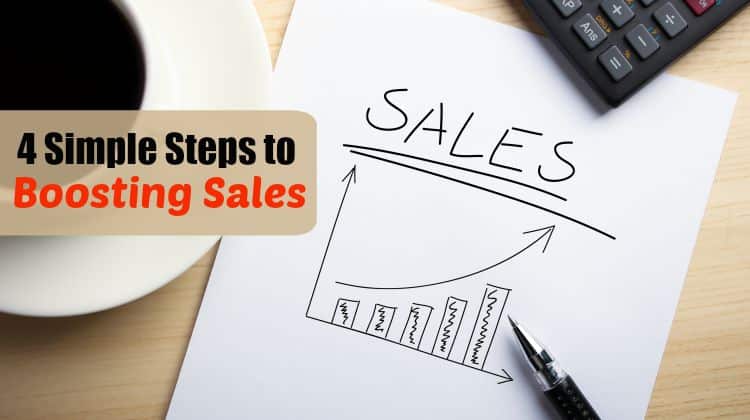
Sponsored by amoCRM:
Many small businesses today are facing increased competition, making it harder for small business owners to break into the market and generate leads that convert to sales.
Let’s assume that you could pay to focus more attention to your target audience, overbidding all the competitors consistently. It would result in more leads and increased revenue. Sounds easy, right?– pay more, and increase sales.
This might work for big companies with extensive marketing budgets. However, can small and medium businesses afford to operate at a loss, hoping that one day all their competitors will leave the market? Definitely not.
One of the solutions to increase profitability and close more deals is a lead management system. Have you ever thought about the conversion? Do you know what percentage of your potential customers and your inquiries end up as sales?
Suppose that every tenth of new queries ends up with purchase; your conversion rate from leads to sales is 10%. But what if you could raise it to 20% and close twice as many leads. It’s easy to close more deals if your product is much better than your competitors’ or your brand seems more trustworthy to customers. But if customers cannot really differentiate you from others, the real challenge starts.
The solution is focusing on leads and conversions. Here are four ways to increase your conversions and boost sales.
1. Focus on Building Your Entire Sales Pipeline
Your sales pipeline includes all of the steps your leads have to go through to make a purchase. Examples of these steps are; initial contact, free consultation, offer made, negotiations and sales.
Each step in the process is crucial. It may not make sense to attempt to sell your product or service at your first contact. Instead, offer free consultancy and share best practices. Building strong relationships with your leads during the sales process will help you increase efficiency.
2. Follow Up Consistently
Out of sight, out of mind. This saying is true even for your leads! Increasing engagement with leads will keep them aware of your service.
Follow-ups are a very important part of the selling process. Keep every single lead in the pipeline by contacting them on a regular basis. For example, after an initial contact, you can call them back in a week and remind them about a limited time offer.
3. Monitor Your Conversion Rate
Small business owners should track not only general conversion rates from leads to sales, but also conversion rates between pipeline stages. It will highlight the bottlenecks of your sales process and help you streamline your pipeline.
It is very hard to determine why a customer has not made a purchase. Your conversion rate and pipeline will show you the stage where you lose the majority of your leads so you can change your approach.
4. Use the Right Tracking System
When your sales team starts to grow to more than 2-3 managers, lead tracking becomes essential. While spreadsheets are a good place to start, they won’t give you the ability to share data among managers, easily collaborate, and have status and history at your fingertips.
Fortunately, there are a lot of very easy-to use-online applications that can help you build a solid pipeline and provide many extra features to facilitate your sales process. Systems like amoCRM are affordable and simple to integrate because you don’t have to worry about installation or implementation. It works like any other web service – you just need to sign-up, add your contacts, and determine your pipeline stages. Seamlessly add new leads from your website or email and stay on top of your tasks at all times. Finally, all statistics that you need are just a click away.
Other solutions like SalesForce or SugarCRM are options, too. However, keep in mind, that these systems often require much more resources and investment to use. A simpler and more affordable platform is a great stepping-stone to these more complicated and expensive solutions…one that may be the perfect fit for your small business!